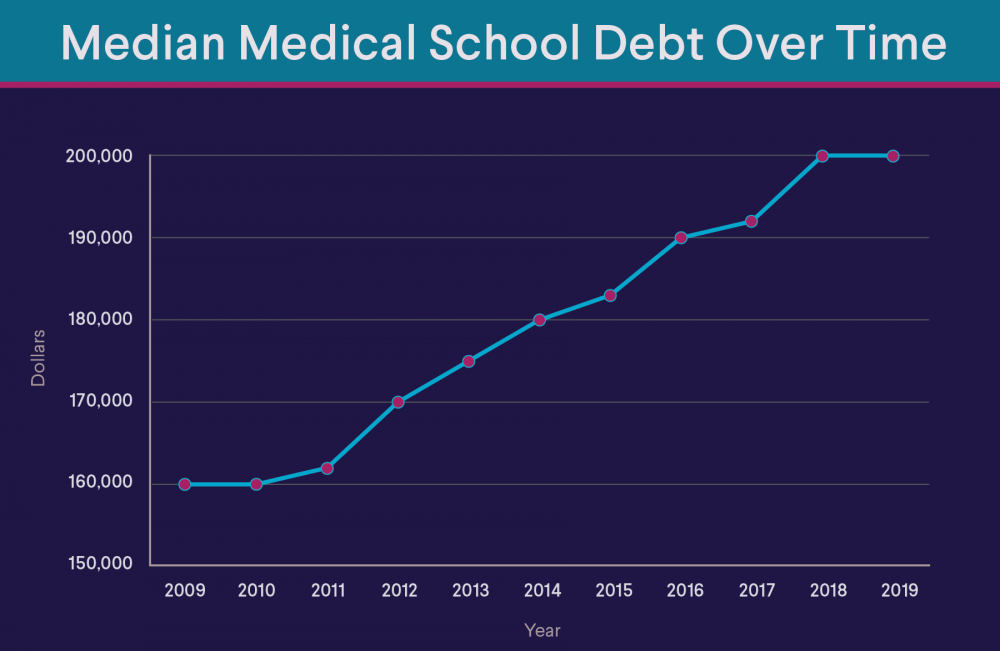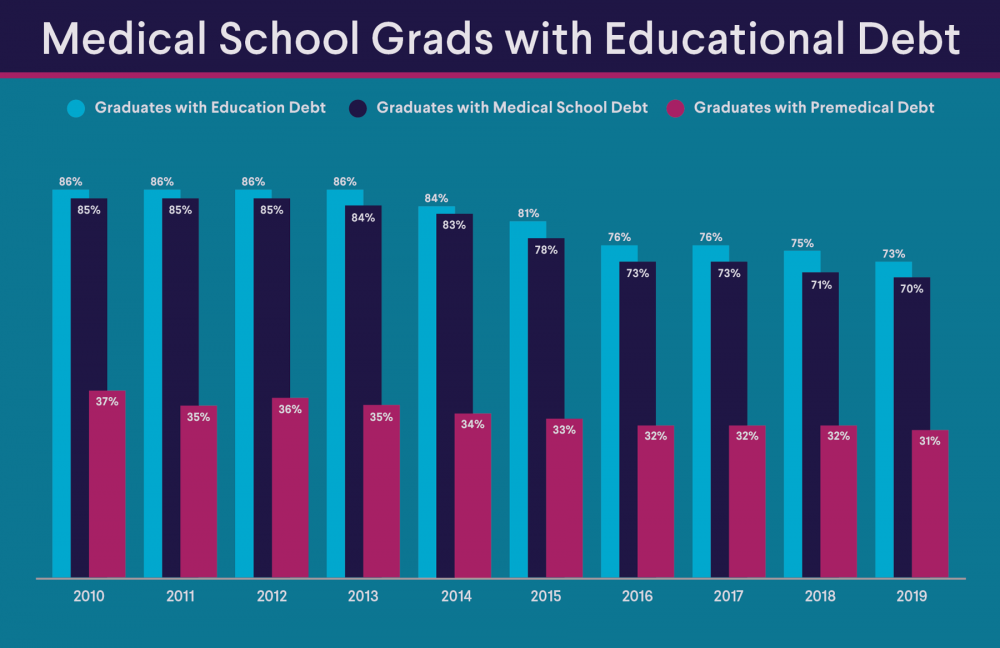What Is a Short Sale?
Those who find that they can no longer make their mortgage payments have options to explore, including a short sale, which is when a home is sold for less than the borrower owes.
A short sale is a way to avoid foreclosure. It works much like a traditional home sale, except that the lender must approve the offer.
The Short Sale, in Short
If the borrower is able to negotiate a short sale, the lender agrees to take the money from the sale proceeds — even though that sum is lower than the balance of the loan — in lieu of foreclosing on the home.
Short sales were common a decade or so ago, when the housing crisis and Great Recession left many homeowners underwater on their mortgages. Since then, the percentage of short sales has dropped significantly, as housing values and employment have risen.
During a mortgage foreclosure, a lender repossesses and sells a property to satisfy outstanding debt.
In a short sale, the lender agrees to allow the borrower to sell the property for less than the mortgage balance and costs of the sale.
How Does a Short Sale Work?
A short sale is a viable option if the remaining balance on a home loan is greater than the amount the property can fetch on the open market. Otherwise, a borrower could repay the full amount of the mortgage by selling the home.
Here’s how the short sale process generally goes:
1. Borrowers typically send their lender a hardship letter, proving that they are facing a long-term financial challenge.
2. The lender decides whether to approve the sale or work out a plan, like extending the loan term or allowing the borrower to make interest-only payments for a set amount of time.
3. If a short sale plan is accepted, the homeowner works with the lender to determine the schedule for the sale. If the lender is already on the path to foreclosure, a short sale will typically need to happen rather quickly.
4. The sellers and their real estate agent will review the number of liens (such as a home equity line of credit or second mortgage) against the property. Having several of these can sometimes get in the way of a short sale, since all lenders must approve the sale. Buyers should be sure to ask about liens, as well.
5. The owner puts the home up for sale and selects among competing offers. Once an offer is chosen, the lender must approve the sale and agree to accept the sale price in lieu of full payment of the loan.
Who Benefits from a Short Sale?
For the buyer, a short sale can be an opportunity to get a home at a fair market price or lower.
And because the lender has an incentive to sell the property quickly and prevent further costs, the lender might offer attractive financing to the buyer, such as a lower interest rate or credit toward closing costs.
For the seller, a successful short sale can mean avoiding foreclosure and the challenges that come with it.
Are There Drawbacks to a Short Sale?
Mortgagors may want to look at a short sale as a last resort. Short sales still have a significant negative effect on an individual’s credit, affecting the ability to take out a home loan or other forms of credit in the short term.
A short sale may show up on your credit reports as “not paid as agreed.” As both short sales and foreclosures fall under that category, most lenders won’t distinguish between them, according to Equifax, and both stay on your credit reports for seven years.
Short sellers may want to get written confirmation of the sale from their lender, along with a copy of the final settlement statement, in case future lenders have trouble distinguishing a short sale from foreclosure or have questions about amounts or dates.
Someone with a foreclosure on their record generally needs to wait two to eight years before qualifying for a new mortgage.
Is the Deficiency Completely Forgiven?
After a short sale, in some states, the lender can seek a personal judgment against the borrower to recover the deficiency amount. If a lender agrees to waive the deficiency, that provision must be included in the short sale agreement.
How a Short Sale Affects Buyers
A short sale can be risky for buyers as well. Home sales are usually closed “as is.” If a property inspection did not catch a needed repair, that can lead to unpleasant surprises.
Buyers may also be responsible for fees they wouldn’t pay during a typical sale. For example, if the seller employs a short sale negotiator to reach a deal with the lender, the buyer may be asked to pay this charge.
How Long Does a Short Sale Take?
Short sales can be time-consuming transactions, taking anywhere from a few weeks to a few months or more.
It can take a while for lenders to review a buyer’s short sale application for approval, especially if multiple lienholders are involved.
How Often Do Short Sales Fall Through?
Because short sales are often slow and complicated, with many steps before a house can be sold, they fall through fairly frequently.
For example, a lender may reject a borrower’s qualifications or the price offered by a buyer. Foreclosure proceedings or a declaration of bankruptcy could throw a wrench into a short sale. Or sellers could get their finances in order and decide they want to keep their house and continue paying their mortgage.
The sale can also fall apart if the seller declines to pay certain fees in order for the lender to approve the transaction.
Both sellers and buyers in a short sale may want to practice patience when entering into this kind of transaction and know that all their hard work could come to naught.
The Takeaway
If a mortgage becomes too heavy a burden, a short sale can be a lifeline. Still, leaving a lender short will hurt a borrower’s credit and can be a drawn-out process. Savvy buyers may find a short sale a way to get a deal.
An option short of a short sale could be refinancing your mortgage. With SoFi, refinancing may result in a more favorable interest rate or loan terms.
Refinancing may result in a more favorable interest rate or loan terms.
SoFi Mortgages
Terms, conditions, and state restrictions apply. Not all products are available in all states. See SoFi.com/eligibility-criteria for more information.
SoFi Loan Products
SoFi loans are originated by SoFi Bank, N.A., NMLS #696891 (Member FDIC). For additional product-specific legal and licensing information, see SoFi.com/legal. Equal Housing Lender.
Non affiliation: SoFi isn’t affiliated with any of the companies highlighted in this article.
Financial Tips & Strategies: The tips provided on this website are of a general nature and do not take into account your specific objectives, financial situation, and needs. You should always consider their appropriateness given your own circumstances.
Checking Your Rates: To check the rates and terms you may qualify for, SoFi conducts a soft credit pull that will not affect your credit score. However, if you choose a product and continue your application, we will request your full credit report from one or more consumer reporting agencies, which is considered a hard credit pull and may affect your credit.
SOHL0623074






